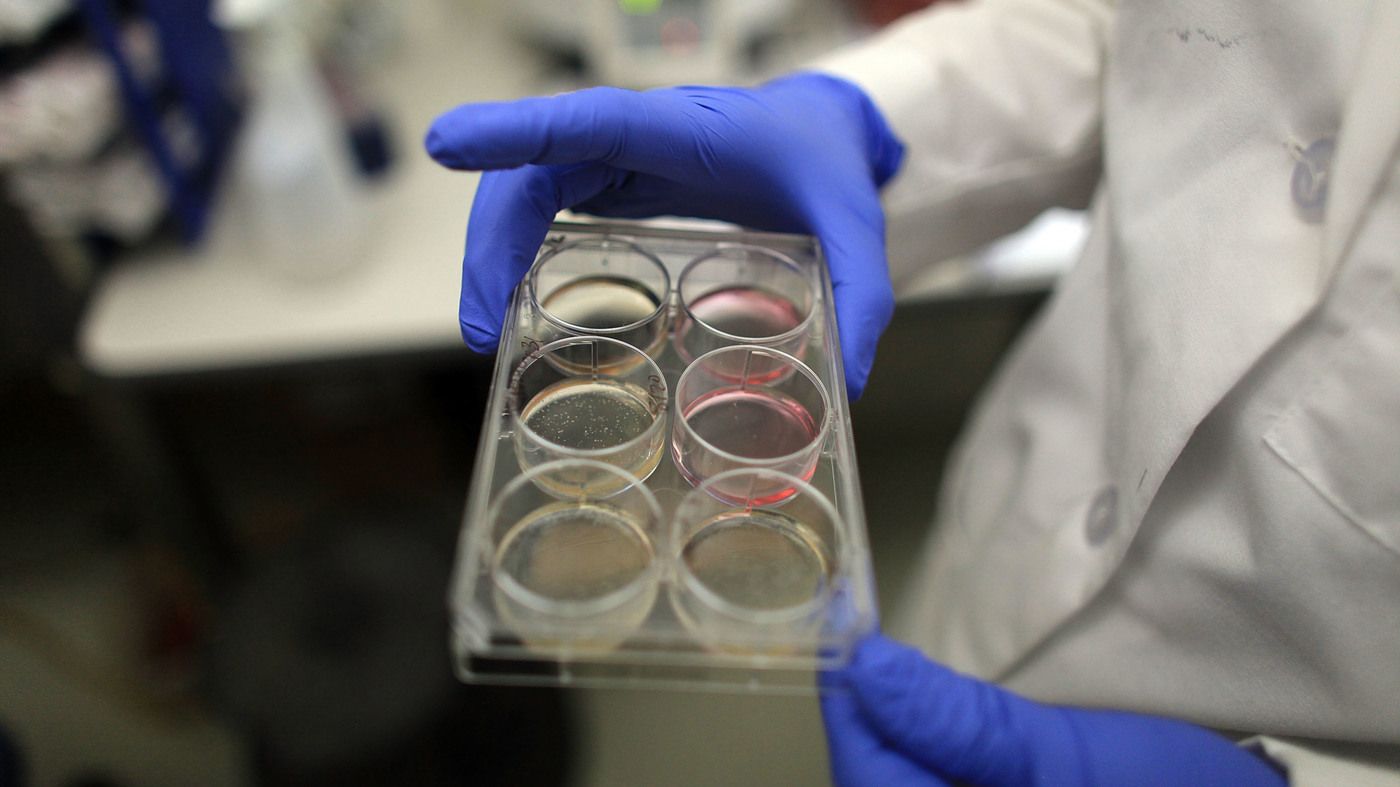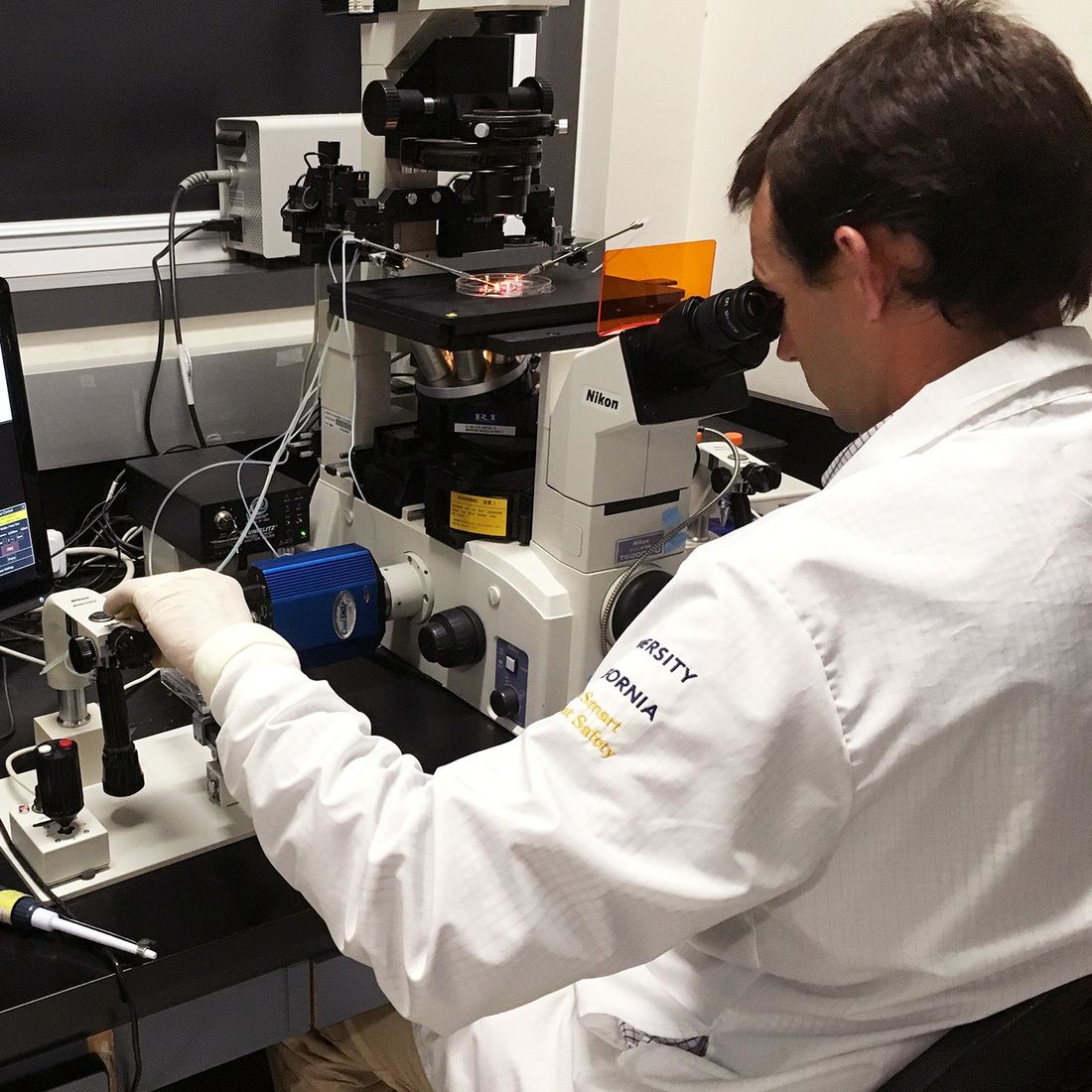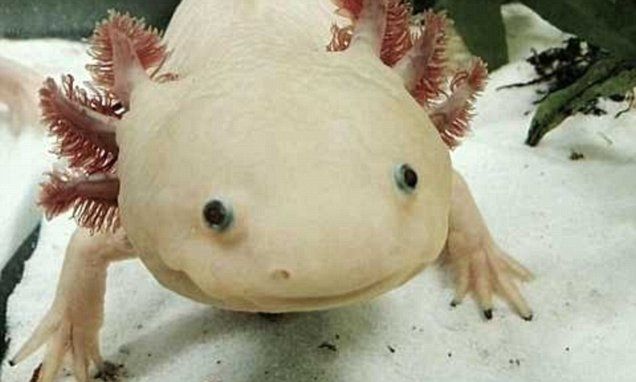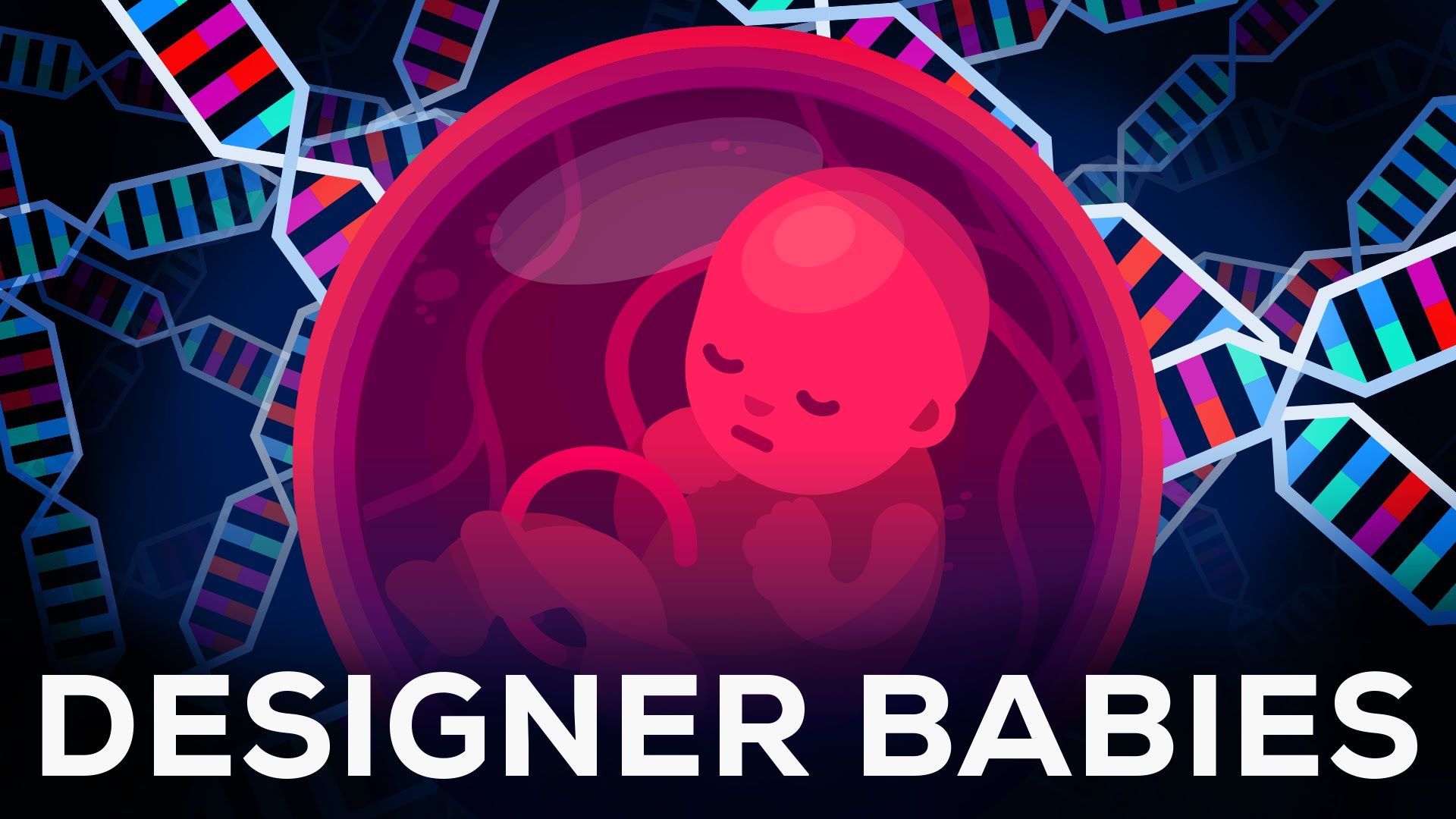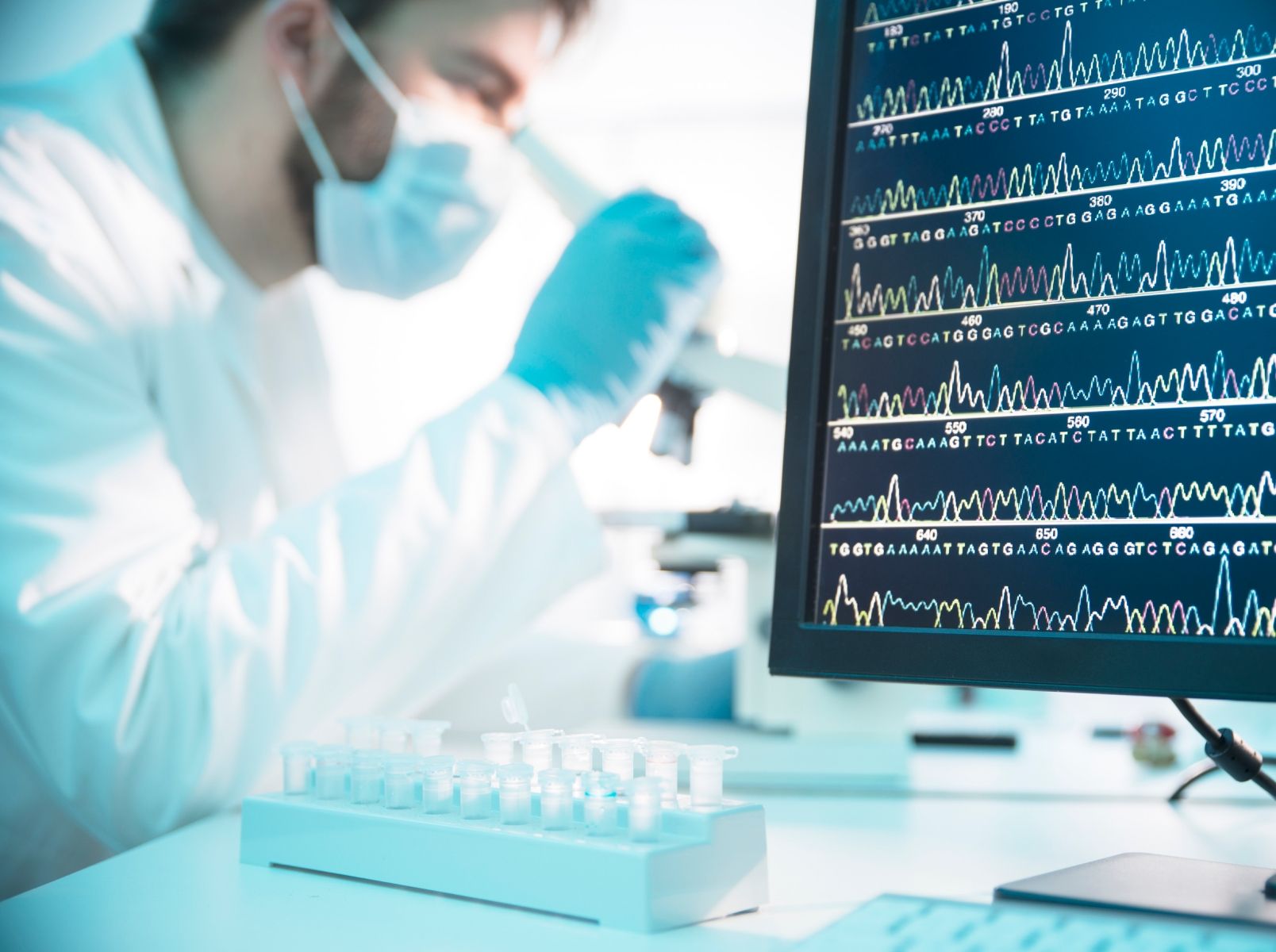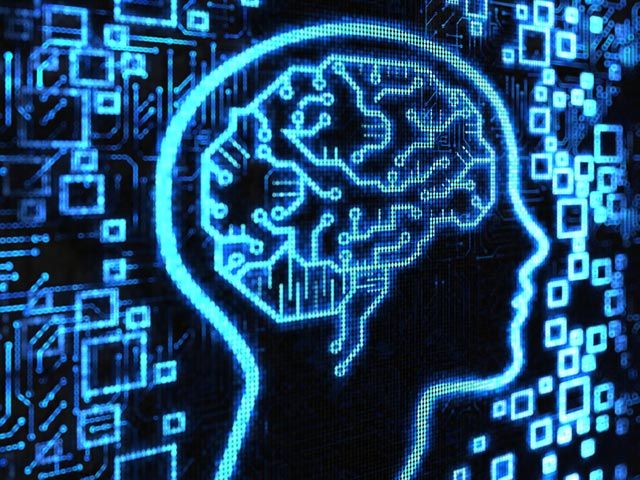Aug 11, 2016
The Chimera Quandary: Is It Ethical To Create Hybrid Embryos?
Posted by Carse Peel in categories: biotech/medical, cyborgs, genetics, health, policy
In Greek mythology, the Chimera is a monster that is part lion, part goat and part snake. Far from reality, sure, but the idea of mixing and matching creatures is real — and has ethicists concerned.
That’s because last week, the National Institutes of Health proposed a new policy to allow funding for scientists who are creating chimeras — the non-mythological kind. In genetics, chimeras are organisms formed when human stem cells are combined with tissues of other animals, with the potential for creating human-animal hybrids.
Continue reading “The Chimera Quandary: Is It Ethical To Create Hybrid Embryos?” »
